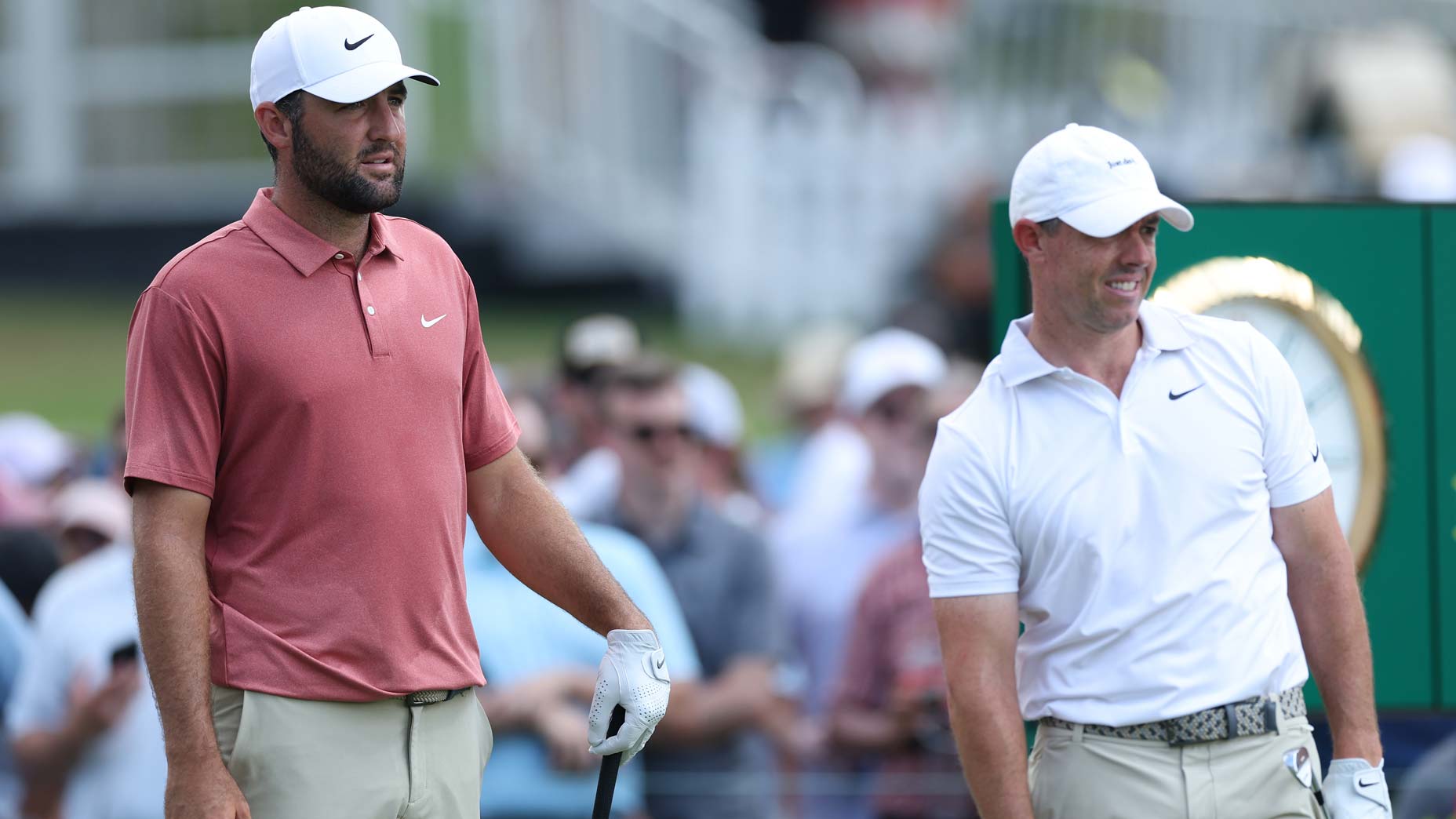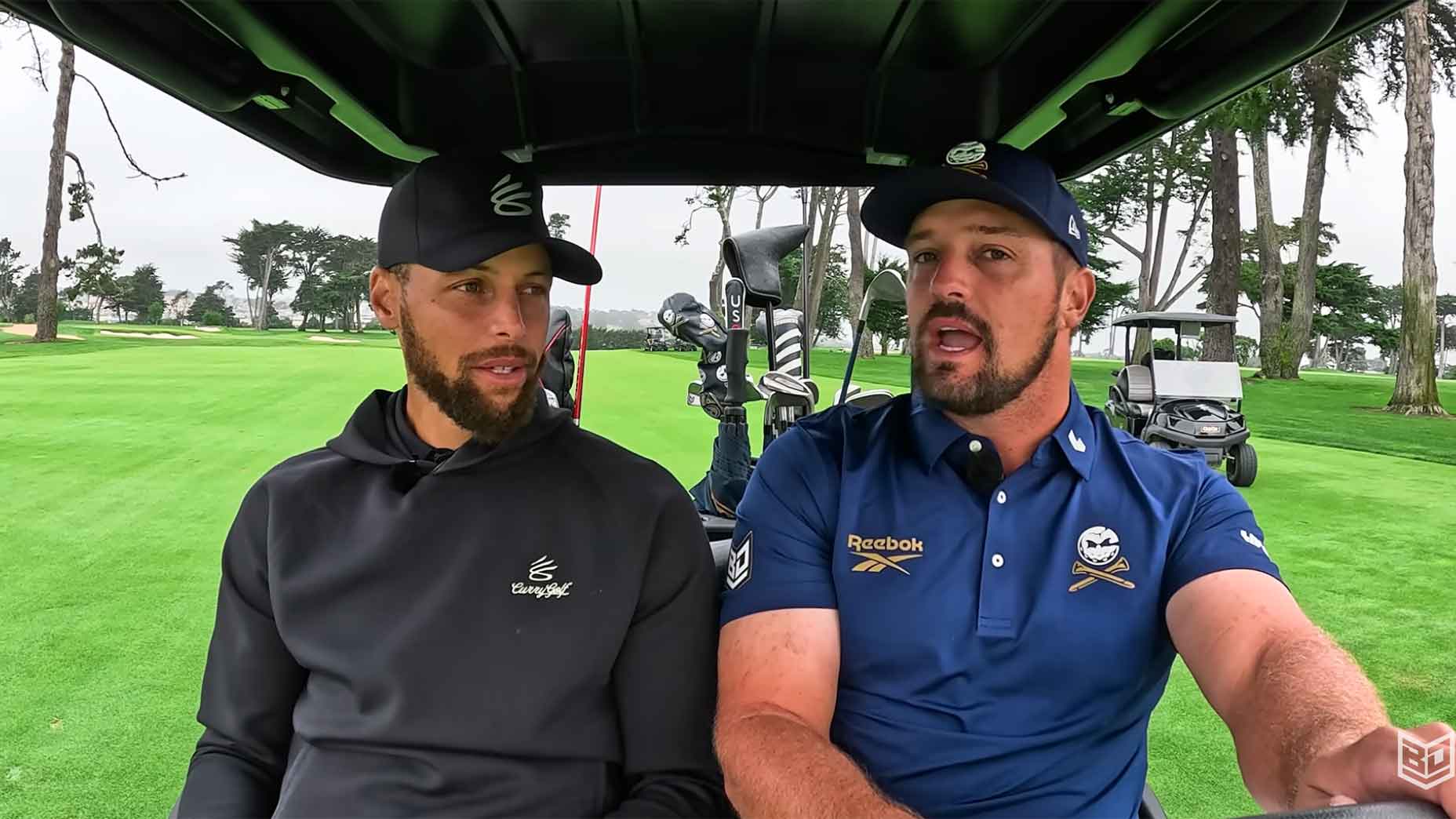 2 reasons why 2025 was one of the most important golf years … ever
2 reasons why 2025 was one of the most important golf years … ever
Gear Talk: Justin Rose talks Honma, testing, clubs he loved as a kid and more
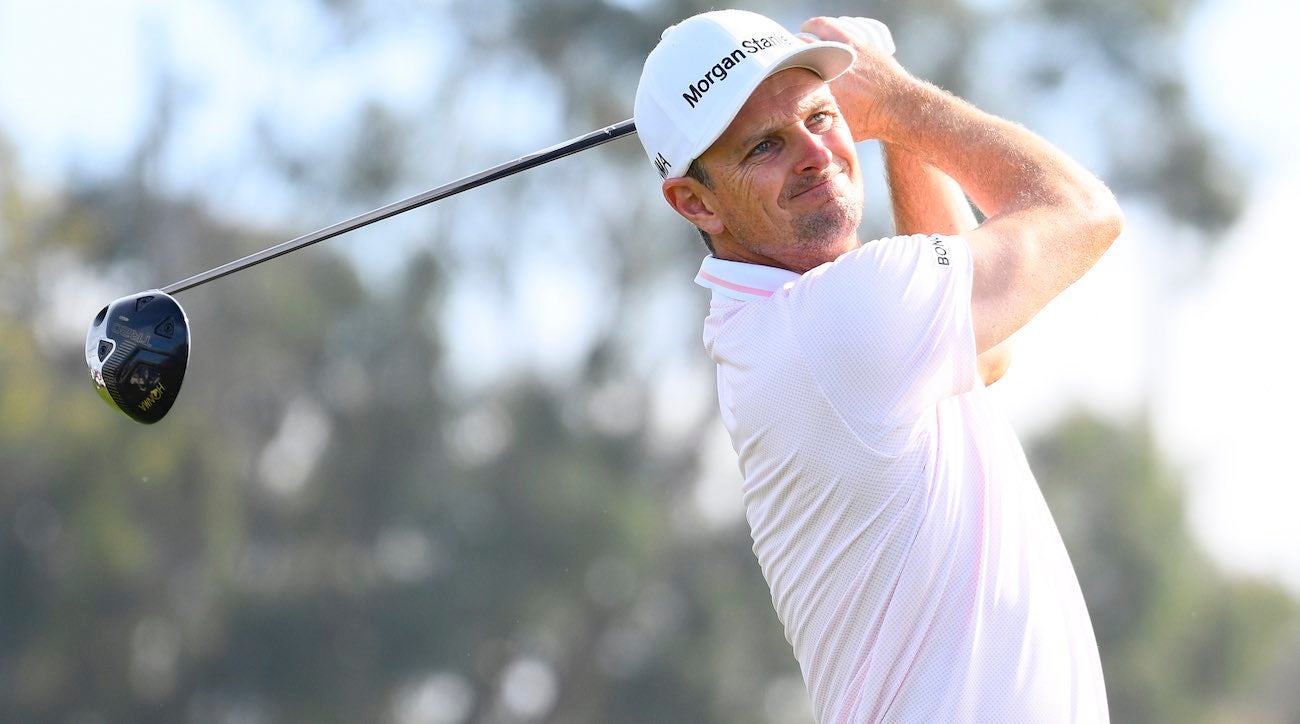
Two decades after he signed with TaylorMade as a fresh-faced teenager, Justin Rose traded comfy confines for Honma Golf last year — an equipment manufacturer that was attempting to make a splash in North America. It only took Rose two starts to make his presence felt with new gear at the Farmers Insurance Open. New Honma woods, irons, wedges, along with an Axis1 Rose putter, just happened to be in the bag for the 10th win of his PGA Tour career.
One year after he inked the multi-year deal to become the face of Honma Golf’s Tour staff, Rose sat down for a lengthy one-on-one chat at Torrey Pines, where he went deep on his involvement in Honma’s product creation process, changes to his “stringent” testing process, his otherworldly feel, and advice he’d give to amateur golfers when it comes to testing new equipment.
Compare your involvement in the product creation at Honma to what it was like during your time at TaylorMade?
Rose: I had many, many happy years at TaylorMade and it just came to the point of wanting to do something different and doing it for the reasons of wanting to become a better player. And I think I felt that with Honma there was some flexibility there in terms of product creation and just having a team that was willing to listen to my needs and my wants. And they’ve been responding brilliant, just in terms of shapes of clubs, and toe designs on irons because, at the end of the day, a blade is a blade, so the most important thing about a blade is that it looks pretty.
I’ve got quite a distinctive eye of what I like to see. I like to see quite a pinched toe, the reason for that is it makes the club look more upright than it actually is, which works to my swing, so there are all these reasons behind these things. And the team has just been so excited to respond to the challenges that I’ve been throwing at them. Every rendition of the product just seems to be getting better and better and better. And obviously to win pretty much first time out with them at Torrey was awesome last year. And I’ve got admit I didn’t have my best year last year from a mechanics and a swing point of view, and sometimes you’ve got to blame the Indian not the arrows, but I feel like I’m really beginning to get back on track here. The whole team’s been just so responsive and the new, I’m sure we’ll get to it, but the new TR20 stuff is even better.
Do you enjoy being involved in the creation process?
Rose: Yeah, absolutely. I’ve always said to people, and I have no basis for this, but if I wasn’t a golfer I’d like to have been an architect, which is basically the process that we’re talking about — something that comes alive from a design concept to a piece of paper, to a prototype, to then a fully polished product. So yeah, I love that process.
I heard you uttered the word “badass” when you saw the new TR20 line for the first time. What was it about this new line that spoke to you? And since you are so involved in the process, what were some of the improvements to refinements that you were looking to have added to the line?
Rose: I think what Honma does so well is that they hide all the technology that they have available. It’s not in your face. For example, the TW747 driver that I had, it just looked so simple, so classic, but yet it had the thinnest carbon crown on the market. But the new stuff, the TR20, there’s just so much more carbon fiber on the club, it’s now carbon top and bottom, which gives us a ton more movable weight, more opportunity to move weight, much easier to dial the club in. I’ve actually gone from the 440 head back to the 460 head.
Any particular reason why you went back to the large head?
Rose: I think just more stability, more forgiveness. Even at my level of the game I was just looking to have a little bit more forgiveness, hit a couple more fairways. The 440 is incredibly fast, the 460 is fast too. That’s what has probably impressed me the most with Honma is the speed that they’ve been able to get out of the driver. But I’ve got to the point where I’m not chasing speed now, we’re dialing it back to the point of, “Okay, speed’s in the pocket, so how do we now hit as many fairways as possible and have a go-to shot I can rely on?” So, the driver I’m playing right now, it just feels much more forgiving and incredibly stable. From that point of view, it’s an improvement for sure.
I know there are three weight ports in the bottom of the sole that you can adjust for a draw, higher launch or low spin. What kind of a weight setup do you have in yours right now?
Rose: I felt like the driver drew easier than the previous driver. So, for me I’ve got it set up probably what you would say is in the low spin setting, I’ve got the 12 port up front and then I have two [three-gram weights] — one in the heel and the one in the back. I tried six, six, six all the way around, which we call The Beast, but 12, three, three is kind of where we landed.
What’s that process like when you get a new driver in your hands and you’re comparing it against your gamer at the time?
Rose: I’ve got to be honest with you, I think I was quite obsessed with speed when I made the switch from TaylorMade to Honma. I was seeing four, five miles an hour quicker ball speeds and that was really, really impressing me. But I chased speed too hard and I think I was testing in a bit of a sterile environment where I was on a range with a TrackMan, and I was just hitting the ball.
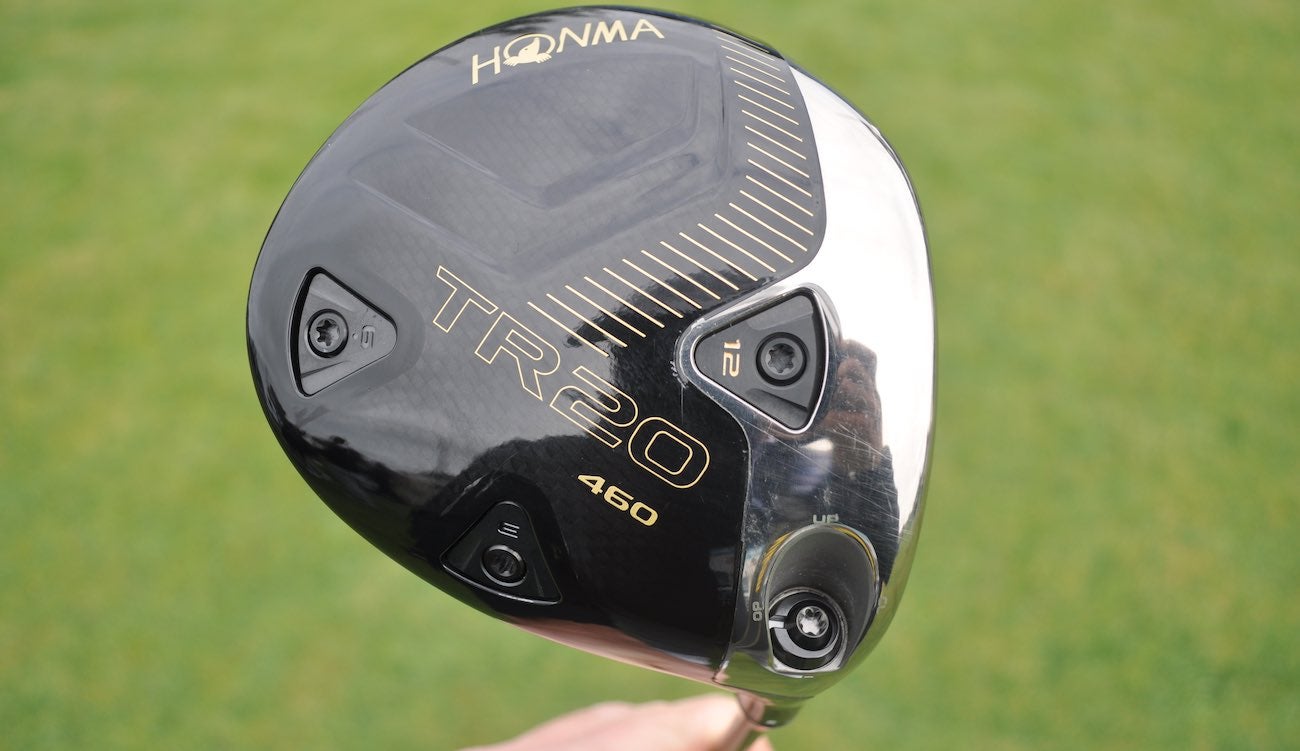
So did you tweak your testing process this time around?
Rose: With the TR20, I tried to take it through a much more stringent testing process and even used some of the old product that I’ve used in the past very successfully, and I try to go, “Okay, one for one for one.” I went out on the golf course, did a lot more golf course testing rather than range testing, and I tried to find the most demanding tee shots that I could: wind off the left, high fairway, whatever it might be, and test the product in that environment because that’s what you face out on Tour. And I realized I wasn’t doing a good job of testing in a way that was actually relevant to how I’m going to go out and compete. So, I have a lot more trust in the product now because I’ve tested it under the toughest of circumstances and conditions.
I saw the new Honma TR20B irons that you have in the bag. How do they compare to the Rose Protos that you were using?
Rose: To be honest with you, there were a few models, there was a 001, a 002 and a 003, so subtle different toe designs, and I landed on their standard production shape. I looked at it and I took what I thought were my preferences, my pinched toe, and all of these types of things that I was playing in the Rose Proto, and I said, “Well, actually, I just like what you guys have done.” Which was pretty cool.
The only way to really describe them is my caddie, [Gareth Lord], has a keen ear for … he’s a good golfer himself, he’s played top, top, top-level amateur stuff and he knows what a good shot sounds and certainly looks like. But he said they sound like a tuning fork — they just sound right.
So are they essentially the standard version of TR20B?
Rose: A blade, like I said earlier, is a blade, but the subtle differences can make a big difference. I think the bounce is just ever so slightly different. I’ve also been much smarter about how we’ve set it up: we’re already working with a tour team, they’re getting to know me, I’m getting to know them. We’ve been a lot more diligent in terms of dialing the clubs in with lie angle, and we’ll use TrackMan in much more sensible ways now in terms of looking at dispersion, start line, all these types of things and making sure that club is dialed into my swing.
I know it’s been a year since you switched, but how much more comfortable are you with your current Honma setup?
Rose: I’m very comfortable. I think adding wedges is something that I could easily do more of as well. Sometimes it’s just the time that it takes at home, and then at tournaments to put clubs in play and just to get comfortable. But yeah, I put the 56 in play — they came to me with some beautiful wedges — which we had the 56 and the 60, and there were three different bounce options in each shape, so that was really cool. In the 60 there was a four, a six and eight [degrees].
I’m playing the highest bounce option in my 56, and I was actually out there at Torrey today using it a lot out of the rough, and it’s actually becoming my go-to club much more over my 60, even out of the bunker, I seem to be really, really enjoying it. The team is so responsive because I can say, “Listen, I’ve seen this somewhere else, have you thought about doing the grooves this way?” Or, “There’s this type of milling finish.” And they can take it back to Japan where there’s 300 master craftsmen in Sakata, Japan, willing and excited to take on a new project. It’s not like, “No, this is not how we do things.” It’s like, “Okay, yeah, let’s give that a go. That’s a fun project.”
What about wedge grinds for you and bounce? How often are you changing that throughout the year as you’re playing new courses and it’s getting warmer and conditions are changing?
Rose: I’d say my 56 stays pretty much the same. I always think it’s really important to have a high-bounce club in the bag because you’re always going to have a lie where a deep bunker, or a bunker with a bunch of sad, or a plug lie, or something. If you’re in thick rough, for me, high-bounce, bounce is your friend, at the end of the day.
Obviously there are certain things you can do, a bit of a C grind shape is what I’m using, so if I do have to open up the 56 there’s a little bit of heel relief in there. But yeah, the 60 no doubt, I think of it, it’s specific projects. I know I’ll start talking to the team as we head into Augusta. A 64-degree is always something I’ve entertained at Augusta, sometimes out of the bunkers more than anything because it’s very hard to spin the ball out of the crushed marble that they have at Augusta, so that’s something that I know we’ll get to here shortly. But it’s about giving them time to work on something to get to me. But certainly Open Championship, I’ll probably ask them to build me a bunch of wedges, anything from a two-degree bounce all the way to six.
Have you always been wider with the wedge sole geometry?
Rose: I’ve always been that way. Even back in the day when I played a Cleveland 588, it was an old, old, old club but it had a wide, wide sole that’s just always what I gravitated towards. So, even though it doesn’t have a lot of bounce, I feel like that width in the sole can play like it has bounce.
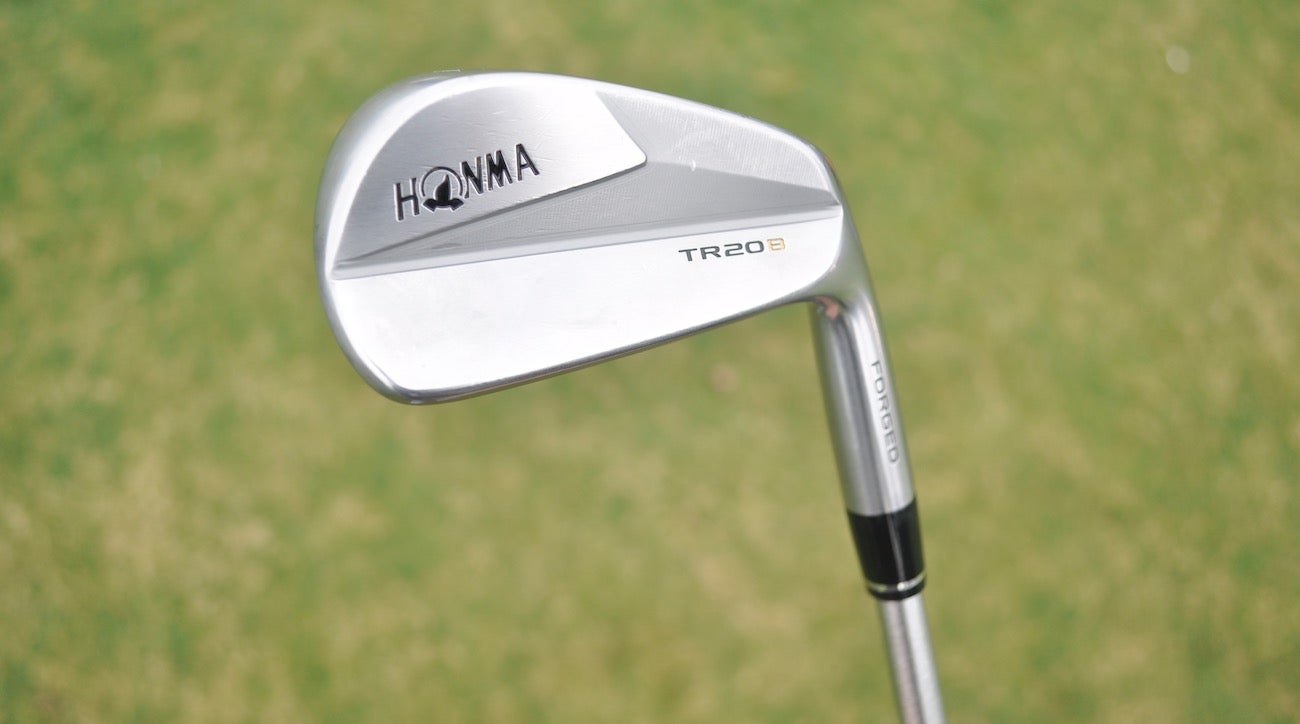
ADVERTISEMENT
You mentioned just trying to carve out time to test, do you do most of your testing at home? Or do you tend to do more at a tournament?
Rose: I’ve been guilty about just always pushing things on the road, and seeing time on Tour is that’s my work time, but I think it’s been … I’m changing it up this year. When I turn up at a tournament I want to know my grips are fresh, I want to know my loft and lies are done, I want to know that I’ve got 14 clubs — maybe there’s a 15th depending on core set up — but I’m ready to go when I turn up at a tournament.
I think a lot of guys spend too much time out on the range tinkering, messing around, looking for some sort of magic or secret pill, or something, but it’s time to compete. I kind of see it like you’re an actor: at home you’re learning your lines, and then when you’re at a tournament you’re delivering the performance. So, the tour team is willing to travel to come and see me weeks off, which I think has been incredibly valuable, and the goal is to do more work away from tournaments so that I can be mentally fresh when I need to be.
What do you think Honma does in the product creation process better than others in the industry?
Rose: I think they’re cutting-edge with their technology, but they put it all together in a much more beautiful package. I think it’s got a very classic look. It doesn’t necessarily have to be screaming at you when you put it down. When you look down at the crown of the driver there’s not a graphic that says, “Hey, look at me.” It’s a really, really beautiful, classic-looking club that is underpinned with a ton of technology.
What was the impetus behind signing a deal with Axis1?
Rose: I would say I put a lot of trust in the putter and its patterns, and it has a different technology to anything else that is out there. So, it’s something that I’ve believed in for quite some time, I’ve had a good dialogue with Luis Pedraza and Phil Long, their guy out here on tour. My putting stats have spoken for themselves, I suppose, you know?
I ended up 17th, but I was second in putting going into the second-to-last tournament of the year. Unfortunately, I had two bad putting weeks, which kind of kicked the stats a little bit, but putting has become a strength of my game. I’ve had to work hard because it hasn’t been the best looking putter, right? With the hosel, the hosel is incredibly unique, so I’ve worked hard with the team on how we can blend it in. I’ve gone to a black shaft — I feel like that hides a lot of the hosel — and then helping them design a mallet, which is [called] the Rose. The shape of that putter now really starts to become more appealing to everybody.
What would you say your golf club IQ is relative to other guys on tour — scale of 1 to 10?
Rose: I wouldn’t know what theirs is, but I think I’m pretty hard to please. I think if there’s a swing weight that’s one or two out, I’m picking it up immediately. If a grip has one tape rather than two, I’m feeling it. Yeah, I’m probably a right royal pain in the you know what.
I’ve heard stories about your uncanny feel, just your ability to feel the difference in one gram between clubs, picking up one millimeter difference in top line. I could keep going on. Where does this extreme attention to detail come from?
Rose: I’ve got the curse of being a perfectionist, which in some ways maybe helps me, but in a lot of ways it’s kind of hard to live with. I’ve had to learn to be a lot more accepting of my own bad golf on the golf course because I am such a perfectionist. I think it can be done right always, you know? But sometimes human nature is just there, right? But I think I’ve definitely pushed the tour team, and everyone does a great job for me: they weigh the grips, everyone does their best to get it to me as perfectly as possible. And I think with a smaller tour team and less players they’ve been able to respond much more accurately to my needs, and I think that’s been a huge benefit for moving to Honma.
How many balls does it typically take you to know if a club doesn’t feel right? Whether it’s performance or build spec.
Rose: One? I might give it a second go. If I know I’ve made a bad swing, I’ll give a club a second go. But if you put a decent swing on it … I don’t mind hitting a bad shot with a club if that’s what my swing felt like it should have done. Not every shot is going to go straight, but you want it to feel like it does what it should do. And when I’m testing now I don’t hit five with this club and then five with that club, I’ve been hitting one, one, one, one, one, one, one, one, etc, because I think you adjust to a club. And you don’t have that luxury on an 18th tee box when you haven’t hit your driver for an hour and a half, you know?
It’s all very well to start ripping a driver when you’ve hit 12 in a row, but the real test is: can you hit it after an hour and it feels good again and it goes straight? That’s been my learning and something that we’ve adjusted to probably that’s just in the last month or two of how we’ve gone about testing.
How long does it take for a new piece of gear to get to the point where you feel like you own it and you have full trust in the product?
Rose: I would say a tournament. You can practice with it, you can play a couple rounds at home with it, you’re going to start with it round one, round two, round three. I think you’ve got to get through four rounds of competitive golf. You’ve maybe got to feel a little bit of heat with it, a bit of pressure, all those types of things before you really, really trust it.
I know a lot of golfers as kids they got really excited when it came to getting new equipment. Did you ever geek out when it came to gear as a kid? And do you still get excited when you see new gear for the first time?
Rose: One-hundred percent, yeah. I used to always be messing around in the pro shop and waggling clubs, and picking up clubs, and wishing I could afford that club. I remember getting my first set of Mizuno blades. But I started in the bargain bin, my dad would buy me, I think I had a Petron Impala driver, I had a Slazenger seven iron, I had a Wilson Fluid-Feel six-iron, I had all sorts of mishmash. A Paddy Burn nine iron, I think it was. So, that’s kind of how I started. I actually just saw recently a picture of me, Gavan Levenson, who was a pro back in South Africa many years ago, he was a distant family friend and he gave me a dozen Titleist balls, and I couldn’t believe my luck. It was as if I was suddenly the richest person in the world, I couldn’t believe it.
Did you have a favorite club as a kid growing up?
Rose: It would have probably been a Ram Zebra putter or a Ping Zing. Those were my two putters. They were complete polar opposites of one another. When I was 14 the Zing was my go-to, and then I gave this Ram Zebra a try, and yeah, those were probably my two favorite clubs growing up. And then I always had a Ram Tom Watson Beryllium copper wedge.
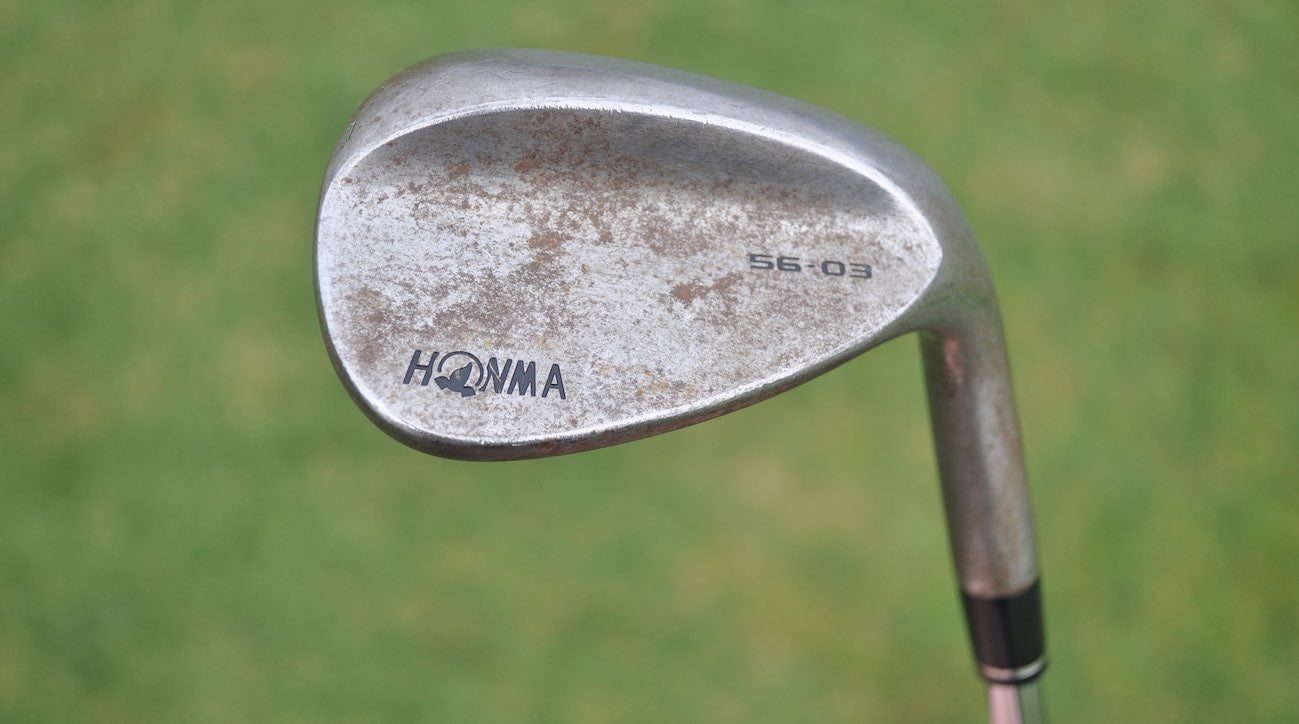
Would you consider yourself to be a gearhead?
Yeah, I think on tour you almost have to try and stop yourself being that way because it’s like a kid in the candy store. You have access and the temptation is to wander down the range and look at every single item that there is. But you do have to settle on 14 and love the 14 that you’ve got.
I saw a photo that Rory McIlroy posted recently of his club workshop. It’s pretty meticulous. And I was wondering, do you have a club workshop at home? And if so, what does it look like?
Rose: Yeah, I do have a rack system at home and I’ve just recently tidied it up.
How long did it take you to tidy it up?
Rose: It was a couple of day event. But it was quite cathartic, actually, and it was nice to get it done and organized, especially with the start of a new year coming, and I definitely had a bit of a spring clean. When I went from TaylorMade to Honma I definitely got rid of a whole bunch of stuff, and stuff that was just clogging up the garage. I think wedges is what I just seem … you know, I’ve changed grooves maybe once a month but you don’t really throw away the old ones. I just had thousands, well, not thousands, but hundreds of wedges. I just kept them around. There’s an academy in the Bahamas, a junior academy, and basically the deal was I put all the stuff out, they could have whatever they wanted, and whatever they didn’t have they could sell and we gave the money to the One Bahamas fund after the hurricane. I think they raised $38,000, actually.
Do you hang on to any clubs from your big wins over the years?
Rose: Yeah, I always hang on to the important ones. Putters that I’ve won with, or I’ve tried to keep a driver from each generation that I’ve played. A timeline, timestamp of how technology’s changed, just to see it evolve, I suppose. Sometimes when you pick up the stuff from the early 2000s it’s amazing how ugly it is.
It feels like the majority of players nowadays are using data and launch monitors to shape their swings or equipment, I would argue that you were probably one of the first to truly embrace data and launch monitors. How do you use it to shape the gear in your bag?
Rose: It has a place, for sure, and I think that I’m definitely using it a lot to shape the gear that’s in my bag, and I’m trying to use it less to shape my swing. I think that it’s very easy to try and get too engrossed in what’s zero and what’s perfection. And I think, ultimately, when you’re out on the golf course and you’re taking 10 yards off a five iron, zeroing out the swing path is not really going to happen. That’s where feel comes in and trusting your mechanics.
But spin rate is always the key for me when I’m looking at iron shots. I don’t like too little spin. When I feel like we drop spin, I feel like the ball is out of control. So weirdly, the further I hit my irons the less I like it. The reason I feel that way is because the ball is spinning, so it’s never flying on me. So, I always like to see — I’m not a super high spin player — but I like to see my spins, you know, if it’s a 9-iron it spins in the 9,000’s, if it’s an 8-iron it spins in the 8,000’s, that’s my rule of thumb.
What’s the one piece of advice you’d give an average golfer when it comes to testing gear?
Rose: Loft up, I would say. Or launch up. There’s less trouble in the air than there is on the ground. When I’m learning a new golf course I don’t learn the air, I’m only ever learning when the ball’s on the ground, so you don’t see me really hitting too many tee shots off a tee of a hole. Once you’ve got your line you know where to hit it, but your chipping, your putting, whenever the ball’s on the ground, that’s the stuff that you’ve got to try and learn. So, if people can get it in the air as much possible, there’s less to worry about.
To hear more gear insights from Jonathan Wall and True Spec’s Tim Briand, subscribe and listen each week to GOLF’s Fully Equipped podcast: iTunes | SoundCloud | Spotify | Stitcher
ADVERTISEMENT


